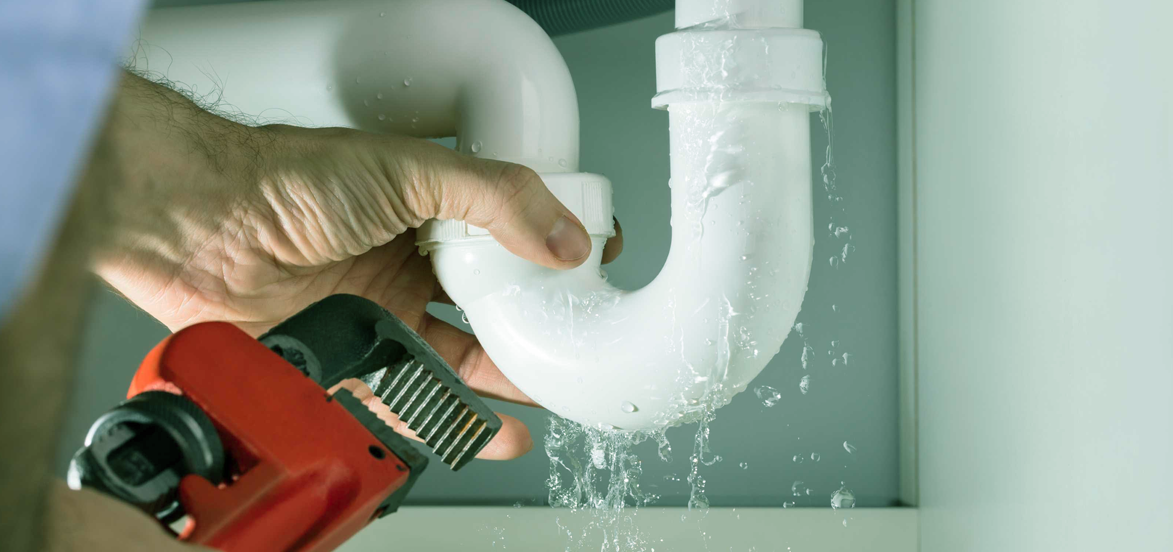Guide To Water Leakage Detection At Home
Guide To Water Leakage Detection At Home
Blog Article
Just about everyone will have their own individual conception in relation to Detecting hidden plumbing leaks.

The minute you locate a leakage, calling your plumber for fixings is the most effective option. Nonetheless, some little water leakages might not be visible. Right here are some hacks that assist if you can not spot it with your nude eyes.
Early discovery of leaking water lines can minimize a prospective disaster. In addition to conserving you money, it will certainly reduce the worry as well as aggravation.
Examine Water Usage
Analyze your water expenses and also track your water usage. As the one paying it, you need to discover if there are any kind of discrepancies. If you identify sudden changes, despite your usage coinciding, it means that you have leaks in your plumbing system. Keep in mind, your water costs should fall under the exact same array monthly. An unexpected spike in your costs shows a fast-moving leakage.
A steady rise every month, even with the same behaviors, shows you have a slow-moving leakage that's also gradually escalating. Call a plumber to completely inspect your residential or commercial property, especially if you feel a cozy location on your floor with piping underneath.
Inspect as well as Assess the Situation
Property owners must make it a behavior to check under the sink counters and even inside cabinets for any bad odor or mold growth. These two warnings show a leakage so punctual focus is needed. Doing regular assessments, also bi-annually, can save you from a major trouble.
Check Out the Water Meter
Every residence has a water meter. Inspecting it is a guaranteed way that aids you find leaks. For beginners, shut off all the water sources. Make certain nobody will purge, utilize the tap, shower, run the cleaning machine or dish washer. From there, go to the meter and also watch if it will transform. Because no person is using it, there need to be no motions. That shows a fast-moving leak if it relocates. Likewise, if you find no changes, wait an hour or more and also check back once again. This means you may have a sluggish leakage that might also be below ground.
Asses Exterior Lines
Do not forget to inspect your exterior water lines too. Must water permeate out of the connection, you have a loose rubber gasket. One small leakage can throw away lots of water as well as increase your water costs.
Do a Food Coloring Test
When it concerns water usage, 30% originates from commodes. Examination to see if they are running properly. Decline flecks of food shade in the container and also wait 10 mins. There's a leakage in between the tank and dish if the color somehow infiltrates your dish throughout that time without flushing.
If you know your house is currently old, keep a careful eye on your heaters, pipes, pipelines etc. Check for stainings and compromising as the majority of pipes as well as home appliances have a life expectancy. They will certainly additionally normally deteriorate due to damage. Don't wait for it to rise if you presume leaking water lines in your plumbing system. Call a specialist plumber as soon as possible so you don't wind up with an awful mess in your house.
The moment you locate a leakage, calling your plumber for repairs is the best service. Some small water leaks might not be noticeable. Checking it is a surefire method that aids you find leakages. One small leak can lose bunches of water and increase your water bill.
If you suspect leaking water lines in your plumbing system, don't wait for it to intensify.
The Dangers of Undetected Water Leaks
Mold
One of the most common results of undetected water leaks in your home is mold. Under the right conditions, mold can begin to grow and spread in just a day or two.
Moisture from water leaks combined with humidity and lack of ventilation allow mold spores to germinate and start spreading.
And while household mold doesn’t carry the same health risks as substances like asbestos, they can cause allergic reactions in people sensitive to them or with asthma.
Structural Damage
When water leaks occur in places we can’t see — above the ceiling, behind walls or beneath floors — they often have time to do some serious damage before making themselves known.
You might notice cracks or bubbles appear in your walls or a slow drip or water from the ceiling.
These are signs of water leaks and buildups in the structure of your home. If you don’t jump on these problems soon enough, the wood frame that supports your house could start rotting, leading to costly repairs and increasing the risk of disasters like ceiling or wall collapses.
Water Waste
According to the Alliance for Water Efficiency, the average home can lose anywhere from 2,000 to 20,000 gallons of water per year due to leaks.
High numbers like that might make you imagine a burst pipe spewing out water. But believe it or not, even a small, constant drip from a kitchen sink could add up to over a thousand gallons of wasted water in a single year.
And if you live in a place where you pay for every gallon of water you use, that adds up to a lot of dollars down the drain. So we understand leaks are bad. Let’s take a look at some of the common (and not-so- common) water leaks you might find around your home.
Flush Valve Flapper
The flush valve flapper is a rubber flap that sits above the flush valve at the bottom of the tank. It’s attached to the flusher with a chain. Over time, it can get worn out and lose its seal, causing an endless flow of water into the toilet bowl.
These leaks are hard to detect since they’re usually silent, but there’s a little insider trick you can use with just a little dye or food coloring:
Put a few drops in the toilet tank. Check the water in your toilet bowl 15 minutes later. If any of the color made it into the toilet bowl, you’ll know what the culprit is.
Fill Valve
The fill valve is what replenishes your toilet’s tank water after you flush. If you’ve ever looked inside your toilet tank and seen water gushing out of an upright plastic valve, that’s a faulty fill valve.
https://meetflo.com/blogs/flo/how-to-find-and-repair-water-leaks-a-comprehensive-guide

As an avid person who reads about Top leak detection hacks, I think sharing that piece was worth the trouble. Appreciated our write up? Please share it. Help somebody else discover it. Thank you so much for your time invested reading it.
Report this page